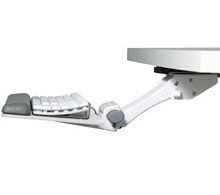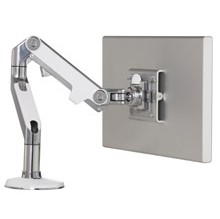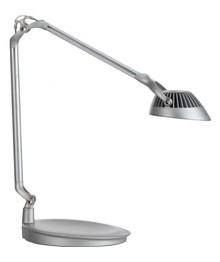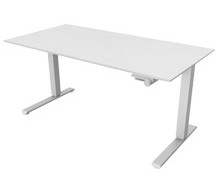Ergonomics: A fancy word that encourages you to purchase things you aren’t even sure you need. Not really, but seriously, what does that word mean? Ergonomics as defined by the wonderful world of the internet is essentially the study of people’s interaction with the systems in their working environment and the effect on their well-being and performance. The studies of these interactions have identified a need for specialized ergonomic tools that aid in the maintenance of healthy work postures. When utilized properly you will appreciate the full range of health benefits, getting the most out of your ergonomic investment.
Ergonomic tools are designed for maximum comfort and support to help prevent injuries caused by equipment that puts the body in unnatural positions. Repetitive work, especially when done in a way that strains the body can lead to fatigue and even injury. By utilizing the right work equipment you will yield a better work environment resulting in improved functionality and productivity. How do you know what the right work equipment is for you? We are here to help!
Keyboard tray: This ergonomic tool was designed to help protect workers from a variety of musculoskeletal disorders including carpal tunnel syndrome, neck pain, and upper and lower back pain. When the keyboard and mouse are seated on the desktop, workers must lean forward to reach it, moving the body’s posture into an unnatural state. This leads to aches in the wrists, arms, neck and back and can sometimes lead to long term injuries. Using an articulating keyboard system allows the user to adjust the keyboard and mouse to a comfortable and natural position in which the body can more effectively work. The ideal positioning results in the wrists kept straight, elbows open slightly beyond 90 degrees.
Monitor arm: Ideally your monitor should be positioned at least an arm’s length away, tilted away from you slightly so your line of sight is perpendicular to the monitor. Proper alignment of your monitor reduces neck, back and eye strain and allows you to access many tasks throughout the day without twisting, turning, straining or reaching. Not only does your monitor arm allow you to adjust the screen for optimal viewing but by elevating the monitor off the work surface you will free up valuable space directly in front of you for leaving documents and work materials in easy reach.
Task chair: When shopping for a new task chair you may come to find that each model offers a range of adjustment options. As your chair is essential to maximum workplace health you should identify a chair that accommodates the proper automatic support for your body through recline positions. The safest posture is leaning slightly back with arms and shoulders relaxed and feet positioned flat on the floor. Lumbar support should be standard and automatic, not requiring multiple adjustments throughout the day.
Task lighting: Having adequate lighting is important in reducing eye strain and fatigue. When overhead lighting is not adequate for completing daily tasks with comfort, additional task lighting may need to be added to a work space. Options range from freestanding desk lamps, lights that clamp to a work surface or even mounted to the underside of overhead storage. Freestanding lights should positioned on the side opposite your writing hand so as best to illuminate paper documents. Avoid shining light towards your monitor as not to create glare. Since tasks and ambient light conditions can change throughout the course of the day a task light permits an individual to compensate for fluctuations as needed.
Sit-to-Stand: Research suggests that movement is vital to staying healthy. As sedentary work can force us into stagnant postures for long periods of time, ergonomic tools have been designed to encourage movement throughout our work day. Sit to stand work stations allows the user to adopt a healthy and balanced level of activity as they work. With a variety of options for sizes and height adjustment controls, these solutions are easy for anyone to operate. You can even retro-fit an existing workstation with a desktop tool that allows for height adjustment of the monitor and keyboard/mouse.





